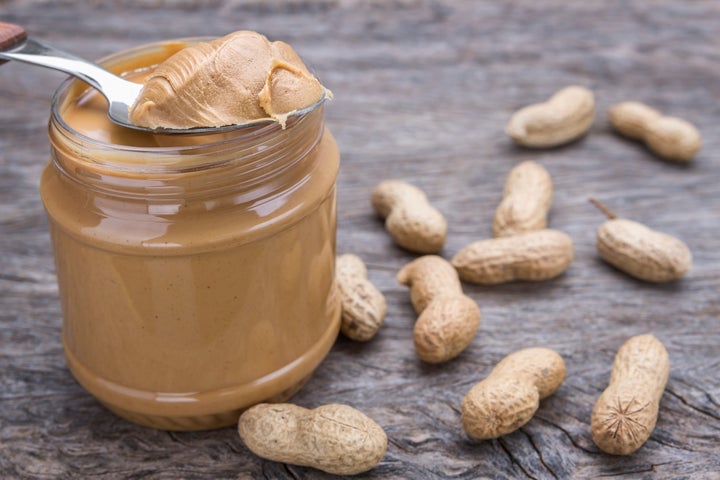
(Reuters Health) - The technique of feeding peanuts to infants and young children who might be allergic not only protects them from a serious reaction immediately, but that protection persists even after the children stop eating peanut products, according to a new British study.
The results were released at Friday's annual meeting of American Academy of Allergy, Asthma and Immunology in Los Angeles one year after the researchers demonstrated for the first time that eating peanuts in infancy cut the risk of peanut allergies by 80 percent.
"The purpose of the new study was to see whether protection would last with prolonged avoidance," Dr. Gideon Lack of King's College London, who led both studies, told Reuters Health by phone. "We wanted to make sure these children wouldn't rebound and develop a peanut allergy" if the peanut therapy stopped.
"A 12-month period of peanut avoidance was not associated with an increase in the prevalence of peanut allergy," the researchers said. "Longer term effects are not known."
Up to 3 percent of children in developed countries have a peanut allergy. It can be life-threatening in nearly 1 percent of children.
The initial study, known as LEAP, involved children who were considered to be at high risk for peanut allergy because they had an egg allergy and/or severe eczema. Half the children avoided peanuts until they were 5 years old; in this group, 17.3 percent developed a peanut allergy. Among the remaining children, who were exposed to peanuts three or more times a week, the rate was 3.6 percent.
In the new follow-up study, known as LEAP-On, the 550 participants were asked to refrain from eating peanut products for 12 months.
At age 6, 18.6 percent in the peanut avoidance group had a peanut allergy, compared with 4.8 percent who had been given peanut products but then stopped eating them. That amounted to 3 new cases of peanut allergy in each group.
Among the children who remained peanut-free between their 5th and 6th birthdays, 21.5 percent who had always been kept away from peanuts were found to be allergic to them, compared with 2.4 percent of those who ate peanuts during those first five years.
The increase for children with previous peanut exposure was not considered statistically significant, which suggests that children don't have to keep eating peanuts to avoid developing a reaction, said Lack.
In a companion study, known as EAT, the Lack team tried to use the same technique to desensitize 1,303 breast-fed infants to six foods with potential to spark an allergic reaction -- peanuts, cooked egg, wheat, sesame, whitefish and cow's milk.
For example, the babies were supposed to be given 3 rounded teaspoons of smooth peanut butter, two portions of cow's milk yogurt and one small egg per week.
At ages 1 and 3, there was no difference in sensitivity levels between those who were or weren't exposed to the foods.
Yet when the researchers looked at only the children for whom the study rules had been strictly followed, the sensitivity rate was 2.4 percent with early introduction of the foods versus 7.3 percent when the foods were avoided.
And when they looked at egg and peanuts separately, and only among infants whose diets were strictly controlled, it appeared that exposure might have had a benefit. The rate of peanut allergy was 0 percent among those exposed to peanut and 2.5 percent for those in the control group who were not. Egg allergy rates were 1.4 percent with exposure and 5.5 percent without.
Rates for sensitivity to fish, sesame, milk and wheat did not differ between the groups, but the researchers said the rates may have been too low to show an effect.
Because only 43 percent of the children in the test group ate all the required food, the early-feeding approach might be ineffective in real life, Dr. Gary Wong of Prince of Wales Hospital in Hong Kong said in an editorial.
Lack said that after last year's study revealed that exposing high-risk children to peanut reduced the odds of an allergy developing, there was still skepticism in the medical community over the question of whether it's wise to expose all children.
The EAT study has helped to answer that question "because it looks at all comers who were exclusively breast fed," whether they were high risk or not, he said.
Both studies were released online in The New England Journal of Medicine.
SOURCE: bit.ly/1YbYkjR and bit.ly/1Tfd3ep The New England Journal of Medicine, online March 4, 2016.

